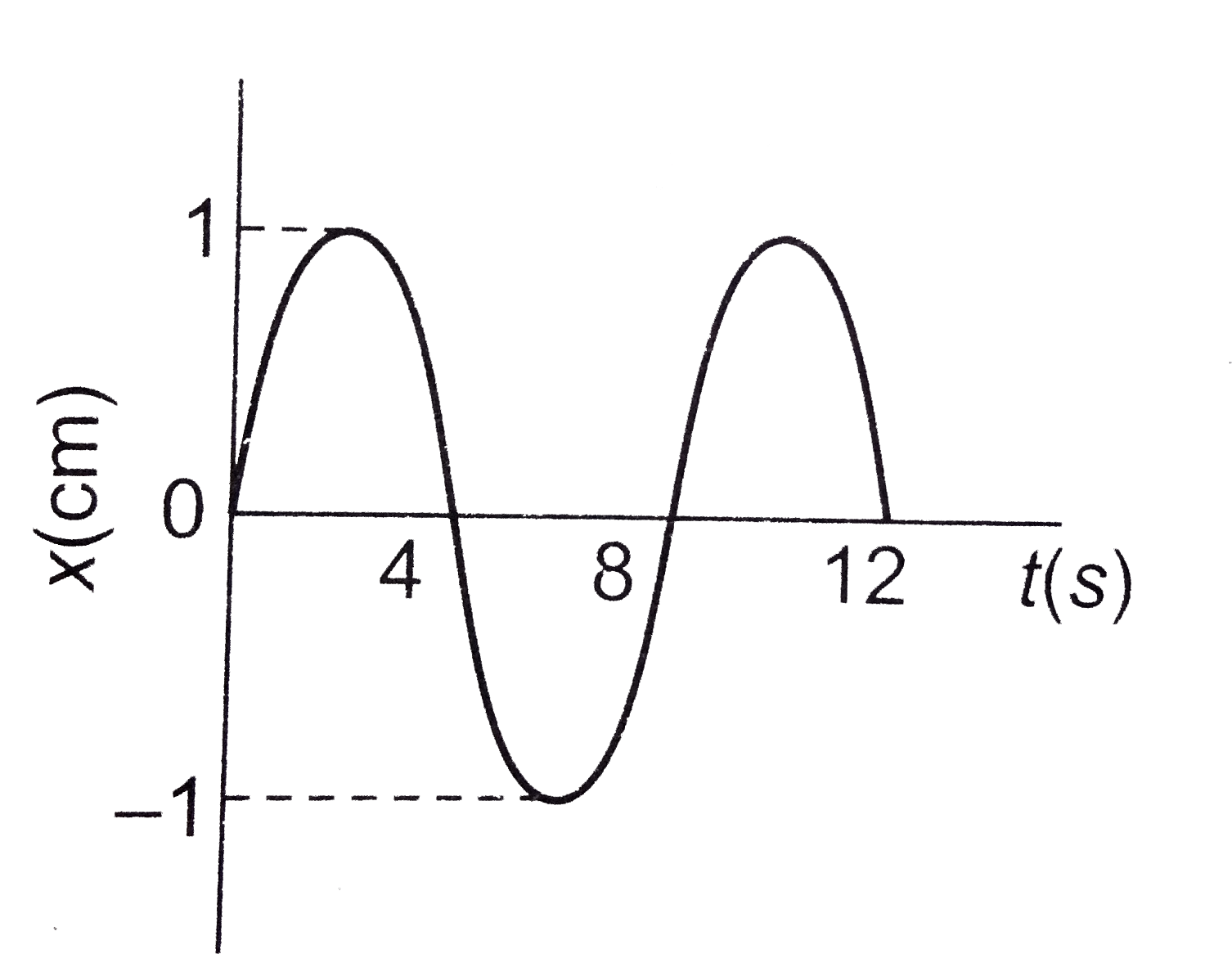The (x - t) graph of a particle undergoing simple harmonic motion is shown below. The acceleration of the particle at t=4/3s is
 .
.
A
√332π2cm/s2
B
−π232cm/s2
C
π232cm/s2
D
−√332cm/s2
Video Solution
Text Solution
The correct Answer is:D
Figure
|
Updated on:21/07/2023
Similar Questions
Knowledge Check
- Question 1 - Select One
The x−t graph of a particle undergoing simple harmonic motion is shown below. The accelertion of the particle at t=4/3s is
 A√332π2cm/s2B−π232cm/s2Cπ232cm/s2D−√332π2cm/s2
A√332π2cm/s2B−π232cm/s2Cπ232cm/s2D−√332π2cm/s2 - Question 2 - Select One
The x-t graph of a particle undergoing simple harmonic motion is shown below. The acceleration of the particle of t=4/3s is
 A√332π2cm/s2B−π232cm/s2Cπ232cm/s2D−√332π2cm/s2
A√332π2cm/s2B−π232cm/s2Cπ232cm/s2D−√332π2cm/s2 - Question 3 - Select One
The x−t graph of a particle undergoing simple harmonic motion is shown in figure. Acceleration of particle at t=4/3s is
 A√332π2cm/s2B−π232cm/s2Cπ232cm/s2D−√332π2cm/s2
A√332π2cm/s2B−π232cm/s2Cπ232cm/s2D−√332π2cm/s2
The velocity -time (v−t) graph of a particle moving in a straight line is shown in figure. The acceleration of the particle at t=9 is:
 View Solution
View SolutionThe displacement vs time graph of a particle undergoing S.H>M. Is shown below . The acceleration of the particle at t=2/3s is
 View Solution
View SolutionThe phase (at a time t) of a particle in simple harmonic motion tells
View SolutionThe velovity-time graph of a particle moving in a straitht line is shown in . The acceleration of the particle at t=9s is.
 .View Solution
.View SolutionIf a particle is executing simple harmonic motion, then acceleration of particle
View Solution



